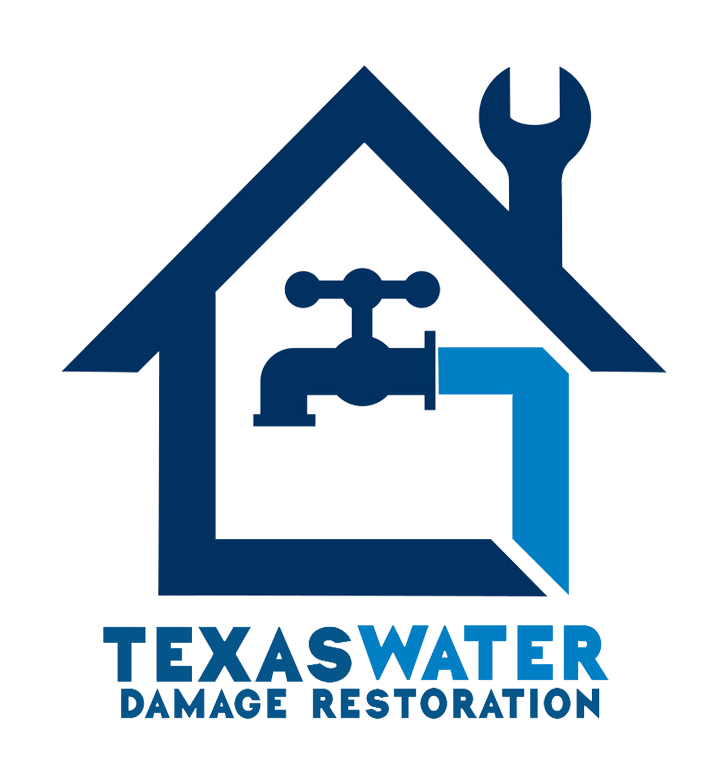Smoke Damage Removal
Request Service Now
Request A Free Evaluation Now or Call (833) 365-6154.
We’re ready to respond.
OUR SERVICES
TEXAS WATER DAMAGE RESTORATION
Emergency Water Damage Restoration
Fire Damage Repair
Mold Removal
Flood Damage
Plumbing Overflow
Burst And Frozen Pipe Repair
Smoke Damage Removal
Commercial Cleaning And Restoration

24 Hour Emergency Damage Services In Texas
CALL THE TEXAS WATER DAMAGE RESTORATION PROS
Request Service Now
Frequently Asked Questions
Preventing smoke damage requires a proactive approach. One must “nip it in the bud” before any lasting harm is done. The following are some of the key steps people can take to prevent smoke damage:
- Regularly inspect and maintain heating appliances, chimneys and flues; • Ventilate rooms while burning fires or using tobacco products; • Change air filters regularly; • Use exhaust fans when showering, cooking, drying clothes etc.
These simple steps can help ensure that low levels of smoke do not become hazardous to health over time. It is also important to clean up after smoking has occurred as soon as possible, particularly if carpets or other materials have been affected by the smoke. Professional cleaners may be best for this job so that all traces of tar and nicotine are eliminated from these surfaces. Furthermore, specialist fire restoration services should be sought out if there has been a major incident involving an uncontrolled blaze. Taking these precautions will lessen the risk of long-term consequences due to smoke damage in buildings and homes alike.
Preventing smoke damage requires a proactive approach. One must “nip it in the bud” before any lasting harm is done. The following are some of the key steps people can take to prevent smoke damage:
- Regularly inspect and maintain heating appliances, chimneys and flues; • Ventilate rooms while burning fires or using tobacco products; • Change air filters regularly; • Use exhaust fans when showering, cooking, drying clothes etc.
These simple steps can help ensure that low levels of smoke do not become hazardous to health over time. It is also important to clean up after smoking has occurred as soon as possible, particularly if carpets or other materials have been affected by the smoke. Professional cleaners may be best for this job so that all traces of tar and nicotine are eliminated from these surfaces. Furthermore, specialist fire restoration services should be sought out if there has been a major incident involving an uncontrolled blaze. Taking these precautions will lessen the risk of long-term consequences due to smoke damage in buildings and homes alike.
Smoke damage can often be covered by insurance, depending on the type of policy and the cause of the smoke damage. Homeowners’ policies typically cover fire or smoke damage as long as it is not caused by negligence or criminal activity. In some cases, renters’ insurance also covers smoke damage in rental properties.
When considering coverage for smoke damage through an insurance policy, there are a few key points to consider: * Check with your insurance company about what particular incidents may qualify for coverage * Make sure that any claims filed meet all applicable deadlines and requirements * Ask the insurer how much will be paid out for repair costs and if you need to take additional steps to secure payment * Read up on local laws related to property repairs following instances of smoke damage.
It is important to note that certain types of smoke-related damages such as those from wildfires may require separate policies purchased specifically for these events. Additionally, many insurers provide deductibles that must first be met before receiving compensation. Understanding exactly when and why an insurance provider might cover smoke damages can help ensure proper protection and reimbursement should any unfortunate event occur.
Smoke damage can be an expensive problem to fix, and while insurance may cover the cost of repair, it is possible to minimize the expense. An example of this could be a fire that occurred in an apartment complex in South Carolina which caused smoke damage throughout the building. The property manager was able to reduce costs by using a combination of professional services and DIY methods.
Firstly, they hired local contractors who were familiar with the area’s climate conditions and had experience dealing with smoke-damaged properties. These professionals used specialized cleaning techniques such as ozone treatment to remove odors from walls and furniture. They also replaced damaged items such as carpets and curtains that could not be salvaged. Secondly, the property manager took advantage of do-it-yourself (DIY) solutions like air scrubbers and high quality fans to help dry out wet materials quickly. Additionally, they utilized natural remedies like baking soda or vinegar on surfaces affected by smoke odor for further reduction in smell levels. Lastly, they coordinated activities amongst multiple parties involved in order to efficiently proceed with clean-up work within a limited timeframe. This allowed them to complete repairs more quickly than if each party would have worked independently without communication between them.
By combining professional services with DIY methods, it is indeed possible to cut down on expenses related to smoke damage removal projects. Such strategies are beneficial both financially and logistically when applied correctly by knowledgeable personnel who understand the needs of their specific situation.
Smoke damage removal can be a daunting task, with the overwhelming presence of soot, stains, and odors that need to be dealt with. Though it may seem like an insurmountable challenge, understanding the health risks associated is essential for successful smoke damage restoration.
The process of removing smoke damage involves applying various cleaning agents and solvents to affected walls or furniture surfaces in order to remove dirt and other deposits left behind by fires. These chemicals are known to produce hazardous fumes which can pose serious threats when inhaled or absorbed through skin contact. Additionally, if not properly vented out from the premises, these potentially toxic gasses could accumulate inside leading to a wide range of health issues such as respiratory problems and even cancer.
In light of this risk factor, proper safety measures should always be taken during any kind of smoke damage cleanup project. This means making sure all workers wear protective masks and gloves at all times while using approved air filtration systems within contained areas where the work takes place.These steps will help ensure that no harmful substances enter into the environment and that everyone involved remains safe throughout the entire process.
It is important to note that although there are certain inherent dangers associated with smoke damage removal, taking appropriate precautions can minimize potential harm while also helping maintain good indoor air quality after completion of the job.
Smoke damage removal is an essential, but potentially hazardous process. The risks associated with smoke damage removal necessitate the need for professional help from a trained and certified contractor. This article will discuss whether smoke damage removal requires professional assistance.
The first step in assessing what type of aid is necessary for smoke damage removal involves identifying any health hazards present due to exposure to toxins released by burning materials. After this assessment has been conducted, it is then possible to determine if a qualified individual or organization should be employed for the job. If there are no hazardous substances involved in the cleanup and repair process, it may not require the assistance of professionals; however, more often than not this task does require specialized knowledge and resources that only experienced contractors can provide.
Professionals with experience in smoke damage removal understand how important proper safety procedures and techniques are when dealing with contaminated areas caused by fire-related incidents. They also possess the tools and equipment needed to remove soot and other contaminants appropriately without causing further harm or additional problems down the line. In addition, they have access to industrial-grade cleaning products that are effective at eliminating odors as well as restoring items damaged by the fire itself. Ultimately, relying on experienced professionals ensures that all aspects of smoke damage restoration have been taken care of correctly and efficiently, thereby minimizing disruption and ensuring quality results.
In summary, given the potential dangers posed by attempting to clean up after a fire incident on one’s own accord, it is highly recommended that individuals seek out professional help when it comes to smoke damage remediation projects. Experienced contractors possess both specialized knowledge about safe practices as well as having access to speciality supplies which facilitates successful completion of such tasks in an efficient manner while maintaining high standards throughout their work processes.
Conclusion
Smoke damage is a serious issue that affects many individuals, homes, and businesses. It can be expensive to repair the damage caused by smoke, but with proper prevention methods in place, it may not need to be an expensive proposition. Proper insurance coverage for smoke damage should also help reduce financial burdens associated with removal and repairs.
While professional assistance may often be necessary to completely remove all traces of smoke damage from a structure or residence, there are some steps homeowners and business owners can take on their own to minimize costs. These include covering furniture and walls with plastic sheeting, vacuuming carpets regularly, cleaning surfaces with specialized solutions designed specifically for removing smoke particles, replacing HVAC filters as needed, and airing out rooms whenever possible. In addition to these measures minimizing cost, they will also help reduce health risks associated with long-term exposure to airborne contaminants like soot present after a fire.
According to recent research conducted by the American Red Cross Society, almost 50% of Americans do not have adequate insurance coverage when it comes to protecting against disaster such as fires resulting in smoke damage. This statistic serves as an important reminder that having proper home owner’s or renter’s insurance coverage is essential for providing peace of mind in the event of unexpected disasters like fires which cause smoke related damages.
